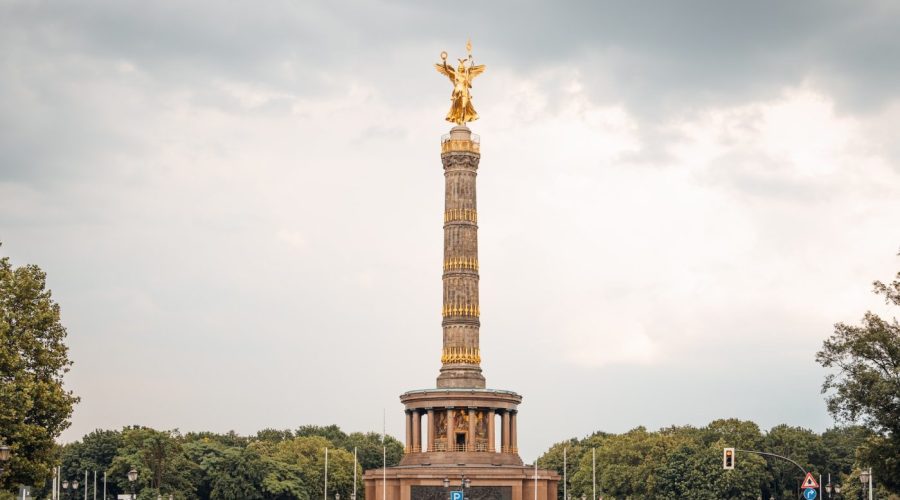What was Checkpoint Charlie and why was it important?
Berlin, the capital of Germany has a densely filled history of being as involved as World War II and the Cold War. Divided the city into East Berlin was in the hands of the Soviet Union West Berlin (the Allied Powers). In the midst of this schism, a checkpoint emerged as a notable icon of the Cold War era – Checkpoint Charlie. So, let’s look at what exactly happened at Checkpoint Charlie and why it holds so much in historical importance.
1. Origins and Purpose
Checkpoint Charlie was the border crossing between East Berlin and West Berlin during the Cold War. It was created in 1961 after the erection of the Berlin Wall, which physically separated the city and blocked the free movement between the two halves. The main duty of Checkpoint Charlie was to restrict the movement of people and goods between East and West Berlin.
The Checkpoint Design and Structure
Checkpoint Charlie had been an albeit very simple wooden hut with the words “You are leaving the American Sector” written across its side in the direction of the Soviet sector. The checkpoint was heavily manned, on both sides, soldiers from United States and the Soviet Union were assigned there. The shed was a control point where travel documents were checked and confirmed on entry and exit across the border.
2. Iconic Status
Today, Checkpoint Charlie turned into a legendary monument of divisions between East and West Berlin. It symbolized the greater division of the communist Eastern Bloc and the democratic Western Bloc in the Cold War. Checkpoint Charlie symbolized the struggle of all those living under communist rule and the desire for freedom and reunification.
Escape Attempts and Diplomatic Standoffs
Checkpoint Charlie was familiar with Qcualified attempts by people to flee from East, to West Berlin. Many brave people took their lives in their hands when they tried to cross the border. Others attempted to dig tunnels, and still, others disguised themselves or used innovative ways to cross the heavily guarded checkpoint. These attempts to escape frequently increased the strained diplomatic relations between the United States and the Soviet Union.
3. The Fall of the Wall and Checkpoint Charlie Today
The Berlin Wall fell in 1989, the ending of the Cold War and the Reunification of Germany started. Thus the importance of Checkpoint Charlie declined. Today, only a duplicate of the world-renowned shed stays on the web website site, functioning as a visitor facility and engraving in memory pertaining to the urban area’s past history.
Visiting Checkpoint Charlie
If you find yourself in Berlin, going to Checkpoint Charlie is a must. Besides the replica shed, there is an open-air museum just around the corner that gives some idea about the history of the Berlin wall and the stories of those which tried to cross it. Walk down the “death strip” to see what living in a divided city means.
Reflecting on History
Checkpoint Charlie tours as a haunting reminder of the struggles and hard time had by the people of Berlin during the Cold War. It remains as a tribute to the human spirit longings for liberty and union. By learning and looking at the times that underlie Checkpoint Charlie, we can enrich our respect for the peaceful and open Europe where we live today.
Conclusion
Checkpoint Charlie is quite an important place in the history of Berlin and, indeed, of the Cold War. As a metaphor for the divided city, it represents the griefs of thoseуется in a world of splits by the ideology. Once we visit Checkpoint Charlie, we are reminded of the past and we cultivate the peace and unity, improving that we had made after the fall of Berlin Wall.
Table of Contents



